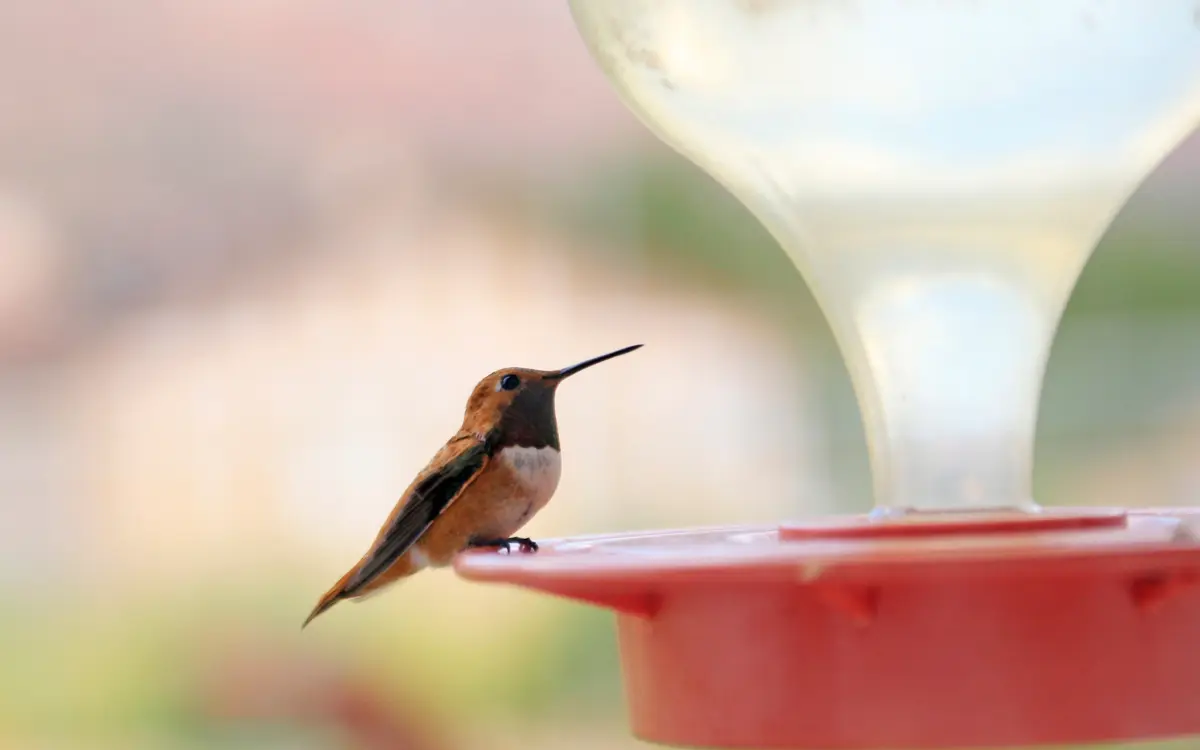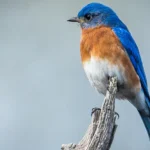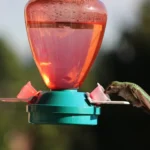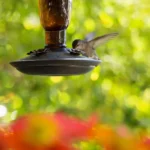To keep your hummingbird feeder fresh and inviting, you should change the nectar every 1-4 days, depending on the weather.
In hot climates, change it every 1-2 days, while in cooler conditions, every 3-4 days should suffice. Keeping the nectar fresh ensures the health and safety of these delicate birds and encourages them to visit regularly.
Now, let’s dive into why regular changes are essential and how you can maintain a clean and attractive feeder for hummingbirds.
Why It’s Important to Change the Nectar Regularly
Old nectar isn’t just unappealing to hummingbirds—it can be dangerous. Hummingbirds rely on the sugar water you provide to give them the energy they need to thrive, but when the nectar spoils, it can ferment and grow bacteria.
This not only makes the nectar taste bad but can lead to harmful infections, digestive problems, or even death for the hummingbirds.
Spoiled nectar can also invite mold, which can block the hummingbirds’ airways and cause respiratory problems.
By consistently changing the nectar, you create a healthy and safe environment for the birds, keeping them coming back to your feeder.
General Guidelines for Changing Nectar
How often you should change the nectar depends primarily on the weather. In warm climates, nectar can spoil quickly, while cooler temperatures may allow it to stay fresh longer.
- Hot weather (above 85°F): Change the nectar every 1-2 days. The heat speeds up fermentation and bacteria growth, making it crucial to replace it frequently.
- Mild weather (below 85°F): Every 3-4 days is generally enough to keep the nectar fresh and safe.
- Cooler weather: In cooler climates, you can change it once a week, as the lower temperatures slow down spoilage.
Always remember to monitor the feeder regularly, especially during heat waves or periods of intense sunlight, which can spoil nectar faster than you might expect.
Signs It’s Time to Change the Nectar
Even if you’re following the weather-based guidelines, it’s important to keep an eye on the feeder to catch any signs of nectar spoilage. Here are the top indicators:
- Cloudy or murky nectar: Fresh nectar should be clear. If it starts to look cloudy, it’s time to replace it.
- Foul or fermented smell: Spoiled nectar has a sour, unpleasant odor, which hummingbirds will avoid.
- Mold growth: Mold can form inside the feeder or around the nectar ports. If you see even a hint of mold, clean the feeder and replace the nectar immediately.
- Insect activity: If bees or ants are swarming the feeder, there’s a chance the nectar is starting to ferment and needs changing.
Cleaning the Feeder Regularly
Changing the nectar is only part of keeping your feeder safe for hummingbirds—cleaning the feeder is equally important. A dirty feeder can harbor mold and bacteria, which will spoil the nectar quickly.
To clean your feeder:
- Rinse with hot water and use a bottle brush to scrub away any residue.
- For deeper cleaning, use a mixture of vinegar and water (1:4 ratio) or a mild dish soap. Be sure to rinse thoroughly to remove all soap traces.
- Clean your feeder as often as you change the nectar to prevent mold buildup and ensure a fresh feeding environment.
What Happens If You Don’t Change the Nectar?

If you let nectar sit for too long, the consequences can be serious. Spoiled nectar poses significant health risks to hummingbirds, potentially causing fungal infections, digestive issues, or worse.
Hummingbirds are sensitive creatures, and if they detect spoiled nectar, they may avoid your feeder altogether—meaning fewer visits and less joy for you as a birdwatcher.
In warm weather, nectar can start to ferment within just a day or two, making it crucial to stay on top of your changing schedule.
Always err on the side of caution and replace the nectar before it has a chance to spoil.
Best Practices for Maintaining Fresh Nectar
Here are some tips to ensure your nectar stays fresh and inviting for your hummingbirds:
- Use smaller feeders: If you’re not getting a lot of visitors, opt for a smaller feeder to minimize waste. It’s better to refill a smaller feeder frequently than to let a large amount of nectar sit and spoil.
- Position your feeder in the shade: Direct sunlight can quickly heat up the nectar and cause it to spoil faster. Hanging your feeder in a shaded area can help extend the life of the nectar.
- Make small batches of nectar: This prevents having large amounts of unused nectar sitting around. Always prepare fresh nectar using the 4:1 water-to-sugar ratio, and avoid adding any preservatives or dyes.
Conclusion
Changing the nectar in your hummingbird feeder every 1-4 days, based on weather conditions, is the key to keeping these tiny birds healthy, happy, and coming back for more.
By following these guidelines and cleaning your feeder often, you’ll create a hummingbird haven in your yard that these beautiful birds won’t be able to resist.








